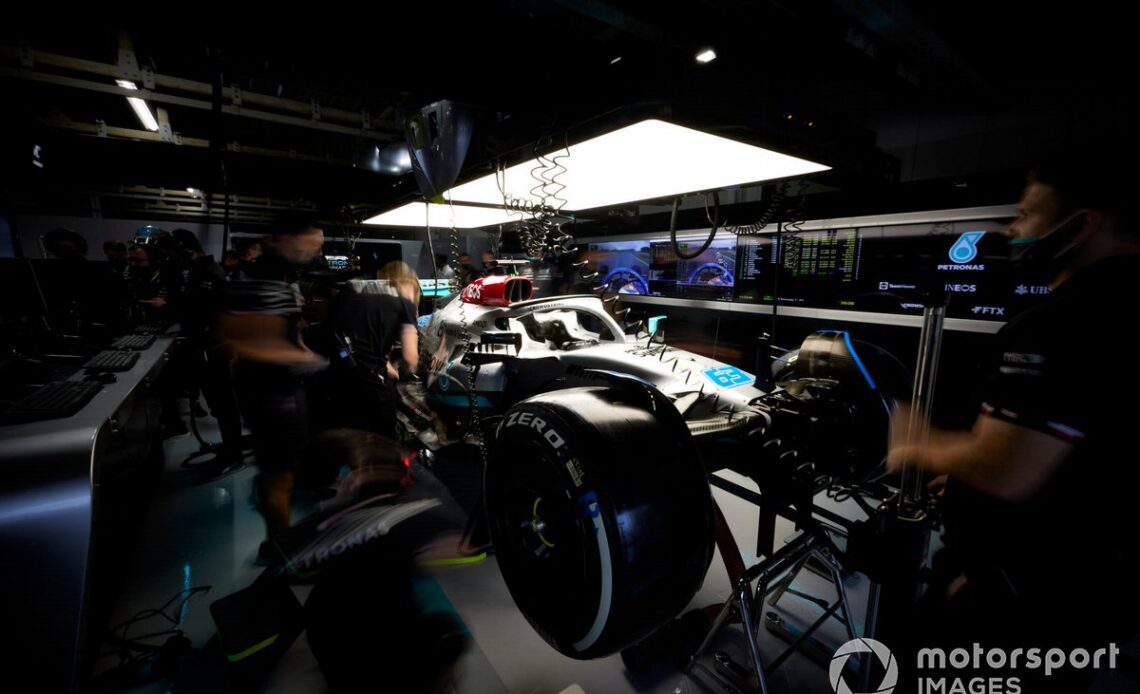The overall spending of Mercedes-Benz Grand Prix Limited fell from £324.9m in 2020 to £297.4m last year, despite the calendar being extended from 17 to 22 races as the impact of COVID faded.
While many elements included in the overall total do not come under the cap, the drop in spending of £27.4m reflects how the team had to adjust to the new era of cutting costs.
It also contributed to an overall increase in profits, from £13m in 2020 to £68.8m in 2021.
The other key element in the profit hike was an increase in turnover, meaning sponsorship and F1 prize money income, went from £355.3m to £383.3m.
Parent company Mercedes-Benz AG did not have to make a financial contribution, reflecting just how much income the team is generating.
Mercedes does however still provide finance to the separate HPP organisation from which the F1 team in turn buys its power units.
In another indication of how the cost cap has had an impact, the overall headcount at Mercedes-Benz Grand Prix tumbled in 2021. It rose from 1016 staff in 2019 to 1063 in 2020, the last year without a cap – when most F1 teams invested heavily before the restrictions came in.
In 2021, with the cap now applied, it fell back again to 1004.
However, more significant than the overall fall was the drop in the number of people employed in design and engineering – those who fall directly under the cap. Having risen by 34 in 2020, it was slashed by 75 last year, from 906 to 831.
In contrast, the total of those employed in administration, not restricted by the cap, rose from 157 to 173 in 2021.
Mechanics work on the George Russell Mercedes W13 in the garage
Photo by: Steve Etherington / Motorsport Images
That was boosted by extra human resources, legal and accounts staff members, many of whom were hired to help the team deal with the extra work created by monitoring and administering the cap.
Wolff said that meeting the cap in 2021 had been “painful”, but that ultimately it helped to increase the profitability of the organisation.
“What has happened in F1 is that by setting a spending limit on the largest part of the cost centres in the team, we had to restructure and change our processes, make people redundant, unfortunately also, to fit into the cost cap,” Wolff told Motorsport.com.
“Which is particularly painful if you hear the discussions of teams not having done that.
“As an organisation that was spending on engineering, in order to achieve the best performance, and…
Click Here to Read the Full Original Article at Motorsport.com – Formula 1 – Stories…

